Hoping to take advantage of what proponents call the fuel of the future, General Motors and Honda today launched joint production of hydrogen fuel cells at a factory in suburban Detroit. The zero-emission devices will be used to power everything from portable generators to Class 8 trucks. And, as Headlight.News reports, the two automakers aren’t the only ones who see great opportunities with hydrogen technology.

GM’s Charlie Freese, left, FCSM President Suheb Haq, FCSM Vice President Tetsuo Suzuki and Honda’s Jay Joseph announced the start of fuel cell production.
Production got underway Thursday at a 70,000 square-foot factory in Brownstown Township, Michigan of a technology many see as the clean, green power source of the future.
The facility is expected to slowly ramp up output of fuel-cell stacks, a technology that combines hydrogen and oxygen to produce a flow of electric current. In turn, that power can be used in portable and fixed generators, or to power cars, trucks and even boats, aircraft and locomotives.
It’s the centerpiece of an $85 million joint venture teaming Detroit’s General Motors and Honda Motor Co., Japan’s third-largest automaker,
New use for an old technology
“This is a historic day for the industry as GM and Honda are the first full fuel cell system manufacturing joint venture to begin volume production of fuel cells for transportation and beyond,” said Suheb Haq, president of the GM-Honda joint venture, Fuel Cell System Manufacturing LLC (FCSM).
Fuel-cell technology is nothing new. The basic concept dates back to the mid-1800s, though it was only put into practical use in the late 1960s, providing power for the Apollo lunar program’s manned capsules on their way to the moon. More recently, a handful of automakers have begun using fuel-cell systems to power retail vehicles like the Honda Clarity, as well as prototype semis serving the ports of Los Angeles and Long Beach.
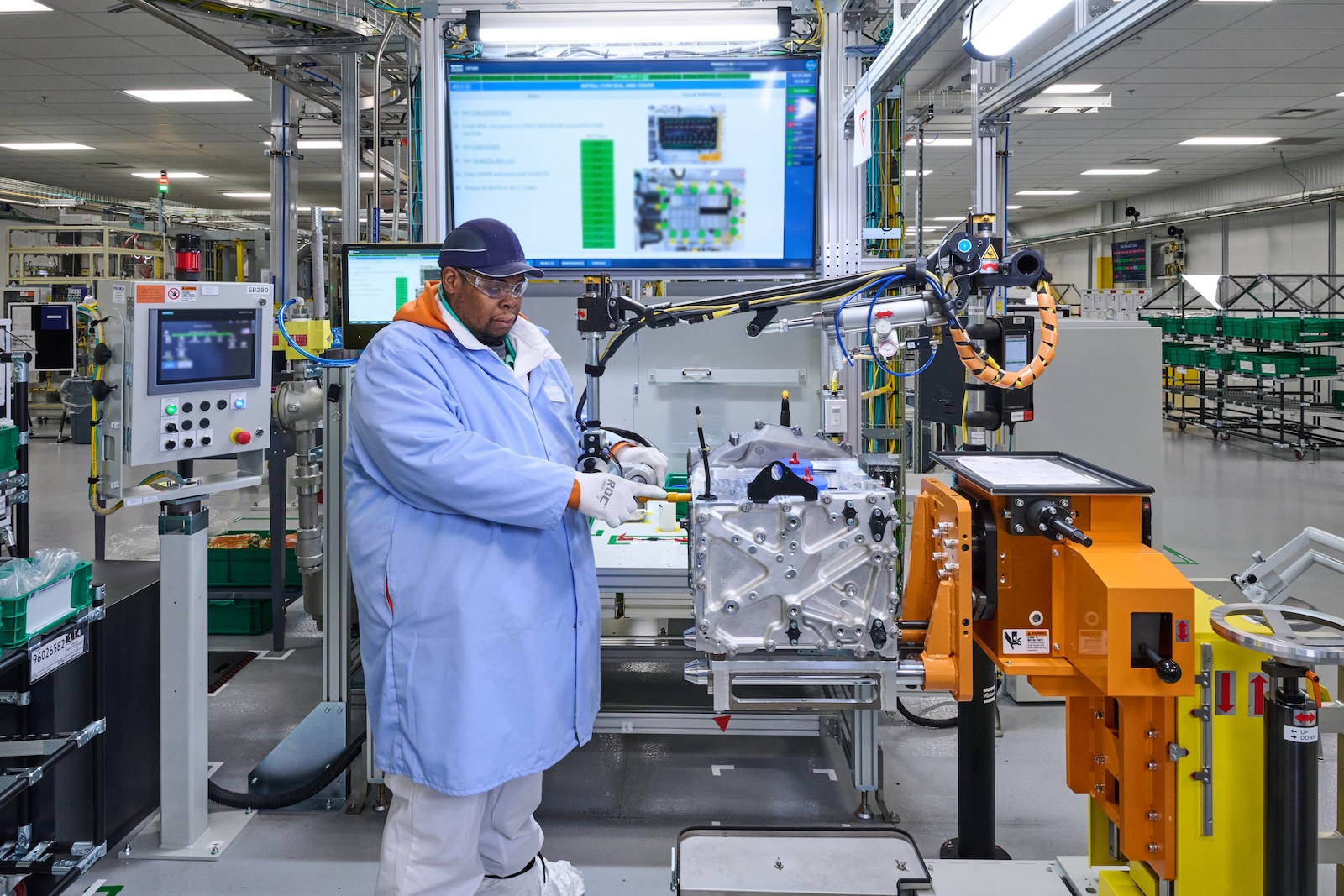
FCSM employee assembles a fuel cell system in the build room at Fuel Cell System Manufacturing LLC, GM and Honda’s fuel cell joint venture in Brownstown, Michigan. (Photo by Santa Fabio for General Motors)
At its most basic, a fuel-cell stack combines hydrogen — normally stored in cryogenic liquid or compressed gaseous form — with oxygen from the atmosphere. Passing through a porous sheet covered with a catalyst such as platinum, the gases come together to form water vapor and a stream of current. Used to power the motors in an EV, fuel-cells are sometimes referred to as “refillable batteries.”
More Hydrogen News
- Hyundai doubles down on hydrogen at CES 2024
- Could this be the source of plentiful clean hydrogen?
- We test drive the hydrogen-powered BMW X5
The partnership
GM and Honda have teamed up on a number of different projects. The Detroit automaker will provide the underlying technology for the Honda Prologue and Acura ZDX battery-electric vehicles debuting this year. And they’ve both invested in San Francisco-based Cruise, an autonomous vehicle developer.
The two carmakers first began joint development of fuel-cell technology in 2013. FCSM was formed in 2017, with an initial investment of $85 million. The facility handles virtually all aspects of fuel-cell manufacturing, said Haq. “We begin the process with raw materials for membrane and electrode all the way through completed systems.”
The project “integrated the strengths of Honda and GM,” said Tetsuo Suzuki, vice president of FCSM. The Japanese automaker, in particular, contributing its latest fuel-cell design which develops more power — at a lower cost — than previous versions of the technology.
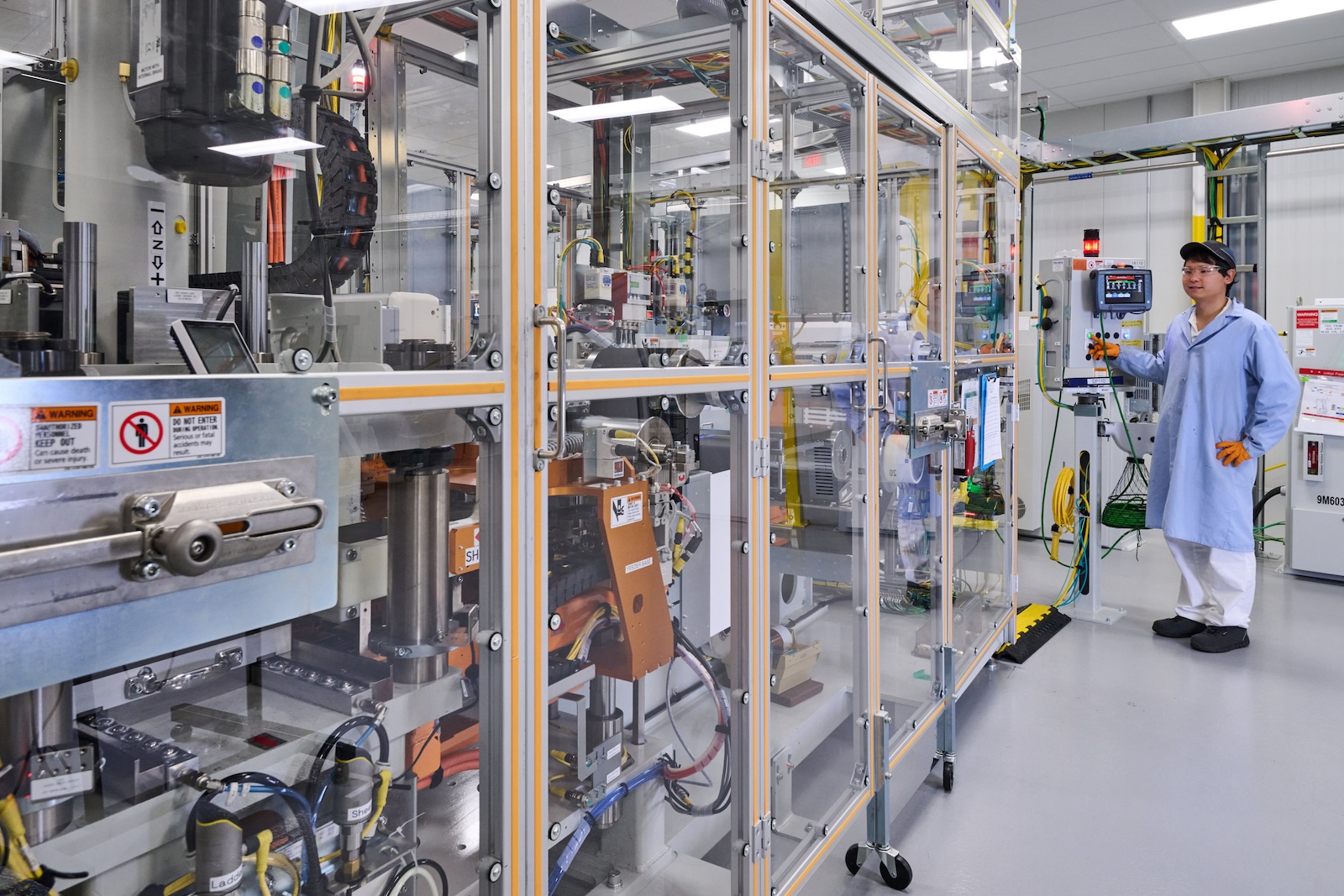
FCSM employee monitors progress of fuel cell electrodes in the stack assembly room at Fuel Cell System Manufacturing LLC, GM and Honda’s fuel cell joint venture in Brownstown, Michigan.
A potentially bright future
GM and Honda are among a growing list of manufacturers envisioning a bright future for hydrogen power. BMW recently launched a pilot program testing a fuel-cell-powered version of the X5 crossover. Toyota currently sells its Murai model in the U.S., and Hyundai competes in the retail market with the Nexo.
Both of those manufacturers see opportunities for fuel-cell trucks, as does Arizona-based startup Nikola, replacing diesel semis seen as a major source of pollution at ports around the country. Hyundai has established a subsidiary, dubbed HTWO, to work on applications in boating, aerospace and elsewhere. The automaker made hydrogen technology a primary focus during a series of presentations at the Consumer Electronics Show in Las Vegas earlier this month.
Though an early proponent of fuel-cell technology, GM is initially focusing on stationary and mobile power generation with the stacks it will take from the Brownstown plant. It also has explored using fuel-cells to replace the diesel side of the powertrains in today’s hybrid locomotives.
Honda is planning to re-enter the retail automotive field with a replacement for the old Clarity FCV — and is looking at other applications.
Pros and cons
When it comes to passenger vehicles and heavy trucks, proponents point to the fact that it takes about the same amount of time to refill a fuel-cell vehicle as a gas model. And they offer substantially longer range than battery vehicles which take far longer to recharge.
Not everyone buys in, however. Tesla CEO Elon Musk calls the technology “fool cells,” and notes that there’s even less of a production and distribution network than is available for EVs.
The biggest concern is that, while hydrogen is the most abundant element in the universe, it is not freely available on Planet Earth. It needs to be derived from other sources, whether refining a fossil fuel or electrolyzing water into its component elements: two parts hydrogen and one part oxygen. These are not necessarily clean and energy-efficient processes, even if the only exhaust from a fuel-cell stack is water vapor.
Is hydrogen part of — or THE — solution?
At CES 2024, Hyundai officials stressed that hydrogen technology could find broad application in the years to come, “powering everything and available everywhere,” said the company’s President and CEO Jay Chang. But Hyundai COO Jose Munoz, took a broader view, adding that, “We do not see fuel cells as separate or different from batteries,” said Munoz. “It depends on the application.”
That was mirrored by Jay Joseph, the head of sustainability and business development for American Honda. Speaking at the dedication of the Brownstown Township factory on Thursday, Joseph stressed, “This is not simply a choice between battery electric or hydrogen fuel cell technology, but selecting the right energy source, in the right place, for the right purpose, to achieve carbon neutrality as quickly and efficiently as possible.”

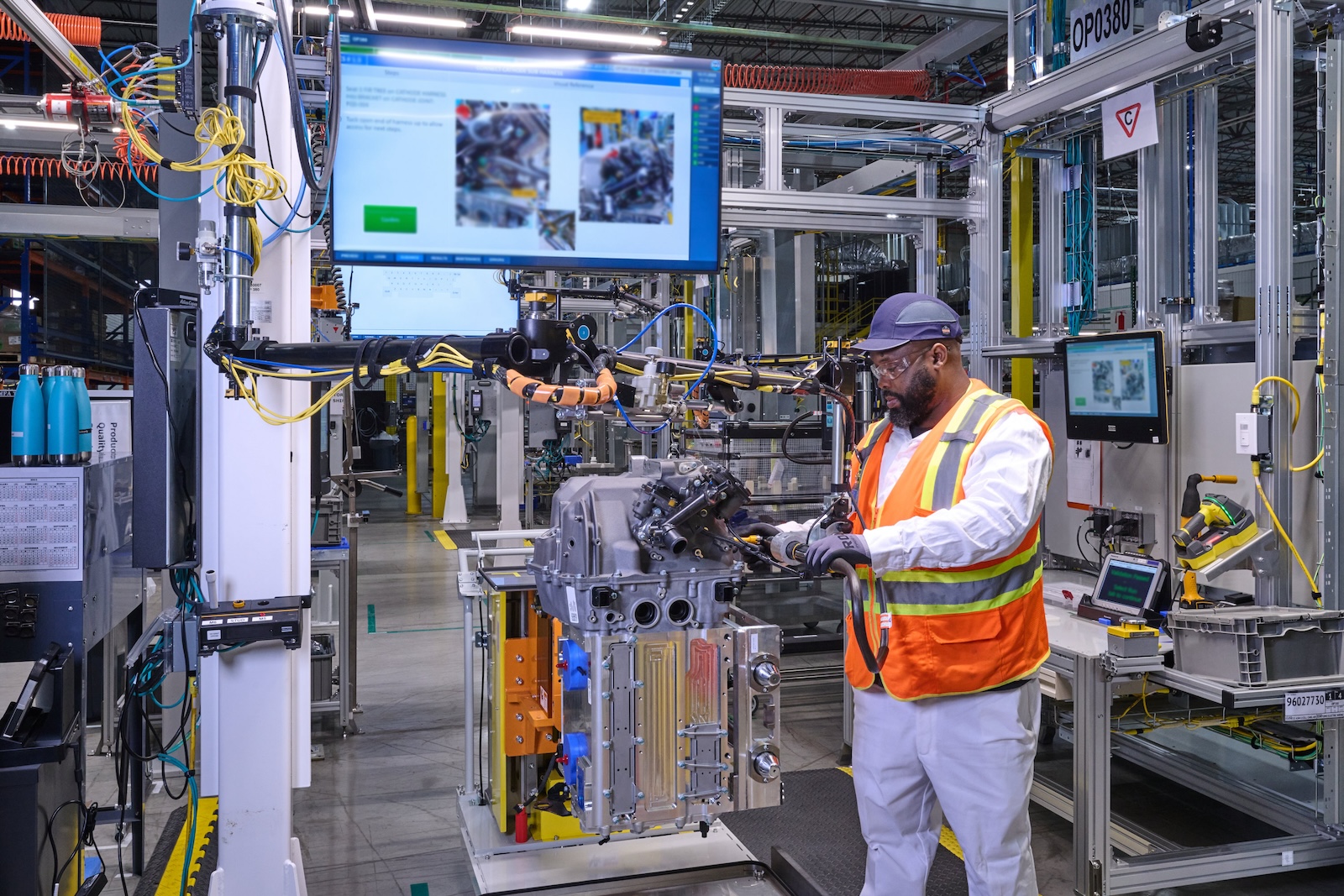
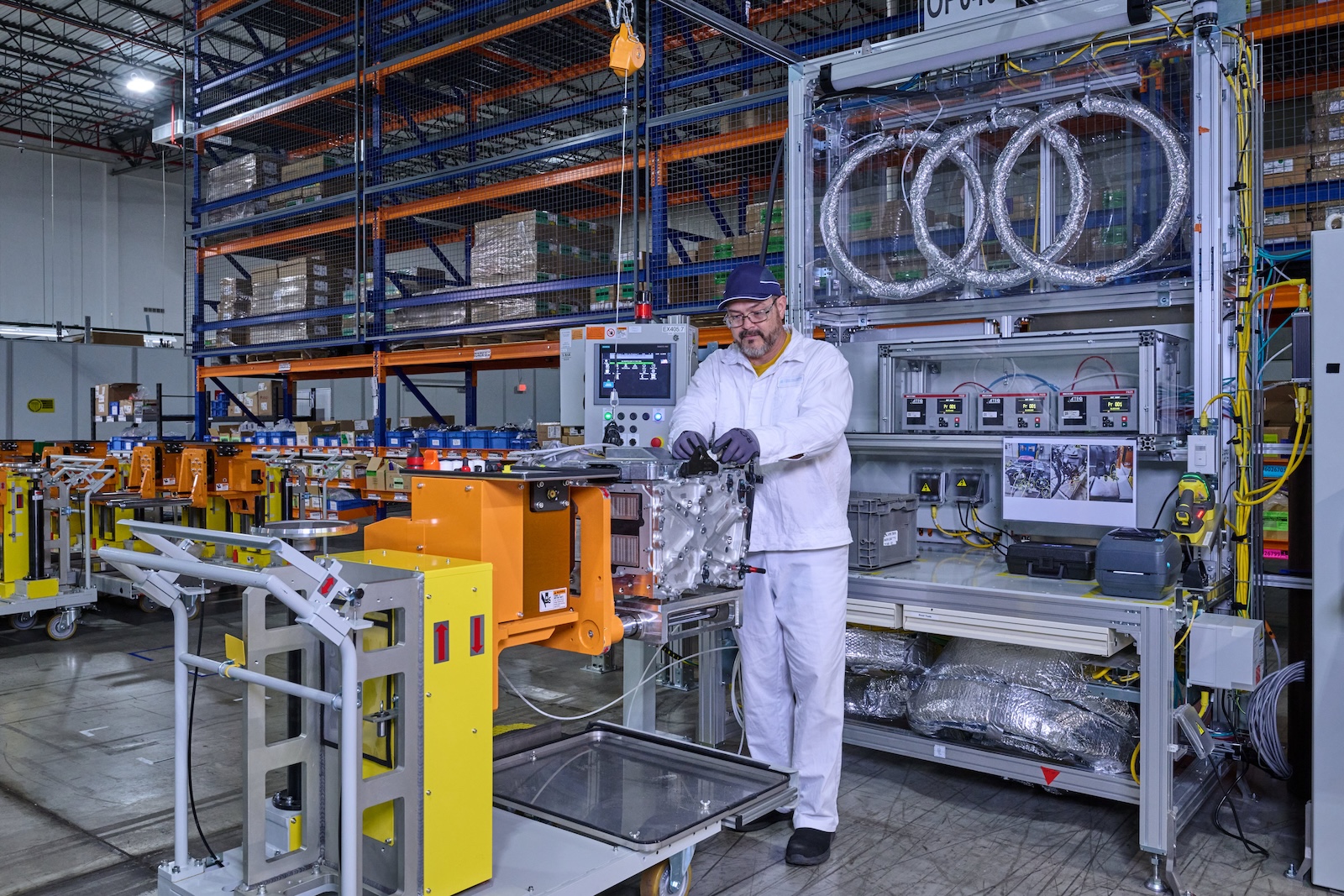

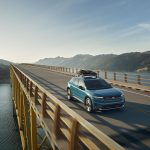
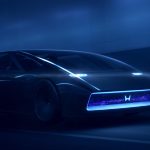
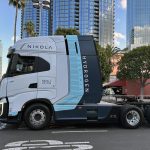

0 Comments